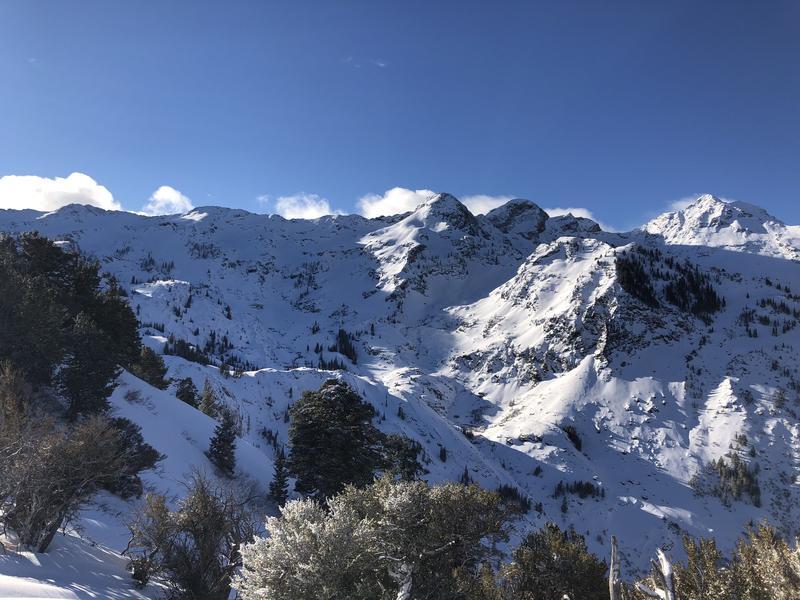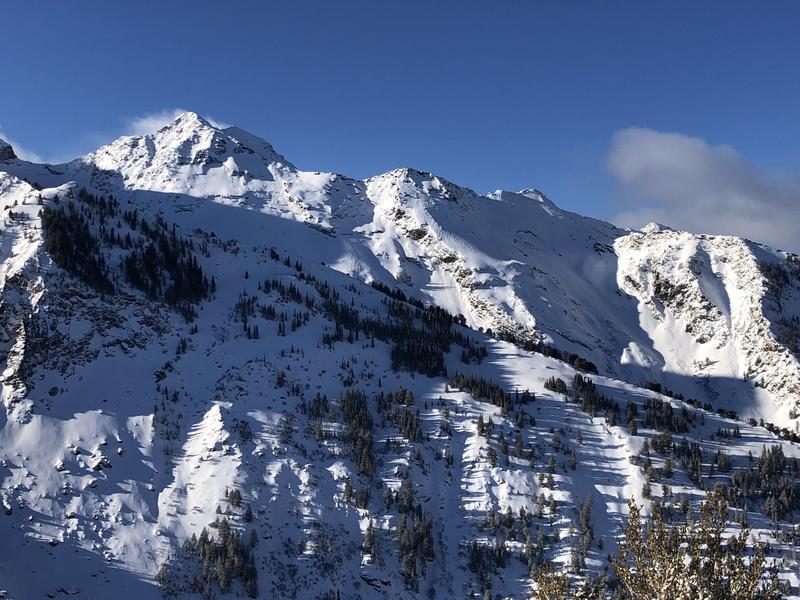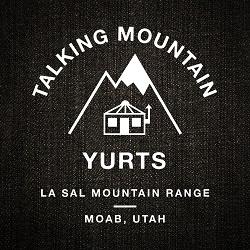Observation Date
1/8/2022
Observer Name
Gagne/Pease/Johnston
Region
Salt Lake » Big Cottonwood Canyon » Mineral Fork » East Mineral
Location Name or Route
Mineral Fork - East Mineral Trees and Highline
Comments
The biggest question right now is when will the PWL become dormant? Over the past few days the signs I have seen are the facets down near the ground are gaining strength - they are moving from soft, F-hardness towards stronger 4F in places. The weight of the slab is also helping sinter this layer.
On slopes with a 1.5 to 2m slab on top of the facets, I don't think the weight of a human can affect the faceted layer down near the ground.
I think places where the faceted layer could fail is triggering it from a thinner spot on the slope or on a repeater slope where the snowpack is thinner.
Clearing skies by mid day allowed for a look into Broads Fork where we saw no evidence of any recent natural avalanches. After the late-week storm that deposited up to 3' of water weight and wind, the lack of natural avalanches is another good sign the PWL is closer to becoming dormant.


Really difficult right now assigning a danger rating for the PWL problem. We are in the low-likelihood/high-consequence phase. Likelihood is Moderate but avalanche size and distirbution is Considerable.
Today's Observed Danger Rating
Considerable
Tomorrows Estimated Danger Rating
Considerable



